| By Journalists For Justice “For many years, I wrote about victims of rape and other forms of sexual violence, then one day I was gang-raped. From that day on, I understood as a journalist, I can never keep quiet about rape and other violations women face,” says Colombian journalist Jineth Bedoya. In 2000, Bedoya who was then 26 was abducted, tortured and gang-raped while reporting a story on allege arms trafficking by state officials and a far-right paramilitary group. After the rape, a taxi driver found her bound in a garbage dump. She later told reporters that her kidnappers told her to “pay attention” as they tortured her. “We are sending a message to the press in Colombia,” they said. “That day I was somehow killed while being alive. And that day I understood that I was never supposed to do that type of journalism again. But journalists have the responsibility to talk about these victims, because the world doesn’t understand what it entails to use the body of a woman as a weapon of war. Nine years ago, I decided to continue to work as a journalist and keep documenting victims of sexual violence. And then…five years ago…I decided I had to start talking about myself,” she says. Bedoya says as much as she wrote about sexual violence enough was not being said to raise awareness about the problem. “I still do not know why I found the strength, but I realised I could be the voice for millions of women who have suffered, women who had been raped. Women who didn’t have a voice to explain what had been happening to them. I understood that I understood that [we] as journalists have a responsibility. We have to give faces to these numbers. I myself am a number. I don’t want any other women to be a number. That’s my job,” she says. Bedoya’s story is one of the many of female journalists who have had to pay dearly because of their work. To give context the violations female journalists face in the line of duty, Committee to Protect Journalists (CPJ) has compiled a book, Attack Attacks on the Press, Gender and Media Freedom Worldwide, which details sexual violence, online harassment and gender-based violence journalists face.“It is a collection of essays by CPJ staff and outside experts that examines the challenges journalists face. The 2016 edition looks at the intersection of gender and press freedom from a variety of perspectives,” says CPJ.The book also explores the consequences of gender-based discrimination from how opportunities for women in journalism are limited in China, and the conditions for women journalists reporting on post-Gadaffi Libya. Attacks on the Press was first published in 1986. Next week on May 3, the world will make press freedom day. |
I was gang-raped for doing my job, female journalist’s horror story
Please login to join discussion







